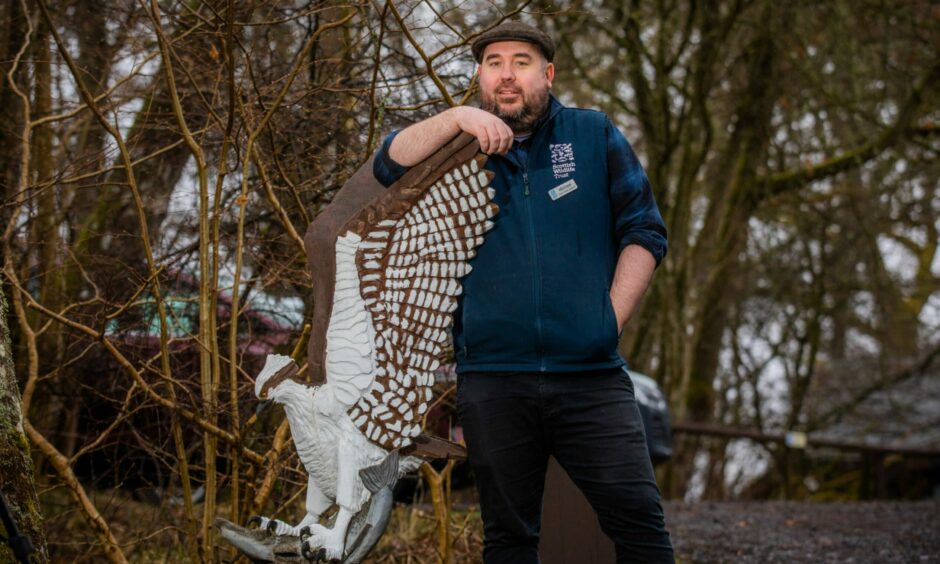
At Loch of the Lowes Visitor Centre and Wildlife Reserve near Dunkeld, there is a welcome sight on the live osprey cameras.
The latest breeding pair of ospreys have arrived on the nest. And by the looks of it the next generation will soon be here too.
I travelled to Loch of the Lowes to meet assistant visitor centre manager Michael James.
The 37-year-old wildlife enthusiast talked about this unique breeding spot for the iconic birds.
And he told us the lengths the Scottish Wildlife Trust has gone to protect them from harm – even calling in the army.
Just ‘one in three million’ trees good enough for ospreys
This year saw something very unusual happen at Loch of the Lowes. Both migrating birds arrived back from West Africa on the same day.
Scottish Wildlife Trust has a policy of not giving wild birds human names.
One reason for this is to avoid confusion. Birds that have been around for a long time may have been given multiple names by different groups.
Instead they are usually given names referring to their ring numbers.
Our female is called NC0 and the male LM12.
NC0 was described as being in “very good health” – an encouraging sign after her long migration.
But what makes them keep coming back?
“About one in three million trees is a suitable nest,” says Michael.
“They are looking for a nice substantial tree, but with no canopy.”
Just few suitable nesting spots occur naturally.
For this reason, conservationists have made artificial nesting sites, like at Rutland Water near Leicester.
At Loch of the Lowes, an old Scots pine has kept the ospreys coming back for decades.
Ospreys have used a number of trees at the reserve since they first started breeding there in 1971.
The nest currently in use has been on the go since the early 1990s and was where Loch of the Lowes’ most famous inhabitant reared an incredible 50 chicks.
More about Lady later.
Why the army was called in
Without the help of conservationists, the odds are stacked against ospreys.
They have in the past been hunted because of the threat they pose to commercial fisheries.
Meanwhile, they are also threatened by loss of habitat and pollution killing the fish they eat.
Loch of the Lowes might provide the right conditions for ospreys to thrive.
But there is a very important reason the site has become an established breeding spot.
Michael says it is the “deliberate protection of the nest” from egg collectors.
“If it wasn’t deliberately protected from the word go, it wouldn’t have worked.”
Michael tells me how volunteers used to sit in a boat underneath the nest to protect its precious cargo.
And, in the early 1990s, soldiers stood guard to deter egg collectors.
“The Gordon Highlanders were here for two breeding seasons to protect the nest from egg collectors.”
Now, Species Protection Officers have responsibility for ensuring the ospreys’ safety.
And they are assisted by an army of around 70 volunteers to watch the nest in shifts.
Lady’s legacy
Let’s talk about Lady.
Having lived to the ripe old age of 30, this classy bird has done more for osprey conservation than any other.
“Lady started breeding here in 1990.
“Over 24 years she laid 73 eggs and fledged 50 chicks. There are now 250 breeding pairs of ospreys in Scotland.
“You take those 50 chicks out of that number and it’s a remarkable contribution.
“To migrate that many times, the whole thing is miraculous.”
Miraculous indeed, when you look at the statistics.
First of all, ospreys generally only live half as long as Lady.
If they make it through the first migration.
“That first migration is a really big ask for an osprey. About 60% don’t make it.”
Then they need to be able to fish.
Cold weather makes fish retreat to deeper waters and wind causes ripples, scuppering visibility.
You might wonder why ospreys choose to breed in Scotland.
“The trade off is that Scotland has huge hours of daylight. So that’s what they come up for, so they can fish practically all day.”
Ospreys were persecuted to extinction in Scotland, and by 1916 there were no breeding pairs.
They made their return in 1954, initially at Loch Garten in the Cairngorms.
Loch of the Lowes would later host what was Scotland’s second breeding pair of ospreys – given the names Anthony and Cleopatra – in 1971.
How many chicks will make it this year?
Michael expects the pitter patter of tiny talons soon.
“It takes about 10 days for an egg to be laid after mating and they’ve been mating for 11 days.”
Our female osprey is around seven years old, having hatched in the Loch Ness area.
Less is known about the male, but he is thought to be getting on a bit at around 15 years old.
Michael explains that ospreys usually lay up to three eggs, at intervals of two or three days.
“So you get a hierarchy in the nest of chicks. If there’s any shortage of food going back to the nest, it will be the youngest chick that will lose out.”
And losing out can mean getting murdered by your sibling or eaten by mum.
It sounds harsh but when food is scarce, the birds have to do whatever it takes to survive.
Michael says a few years back “there was that little food going back that the female did eat the chick.
“If the chicks don’t eat and the parents don’t eat, and they don’t migrate, the whole thing breaks down.
“If they’re not fit enough to migrate, they can’t stay here because they will die.”
For all three chicks to survive would take a “goldilocks season”.
Last year, just one weekend of bad weather resulted in fewer fish being brought to the nest, causing one of the chicks to attack and kill its sibling.
Meanwhile, Michael says the ospreys are his favourite creature at Loch of the Lowes.
And he says protecting them is vital in the fight to boost Scotland’s wildlife.
Last year, Scotland was nearly rock bottom of a global league table for biodiversity – 212th out of 240 countries.
“Scotland needs everything it can get for its own biodiversity.”
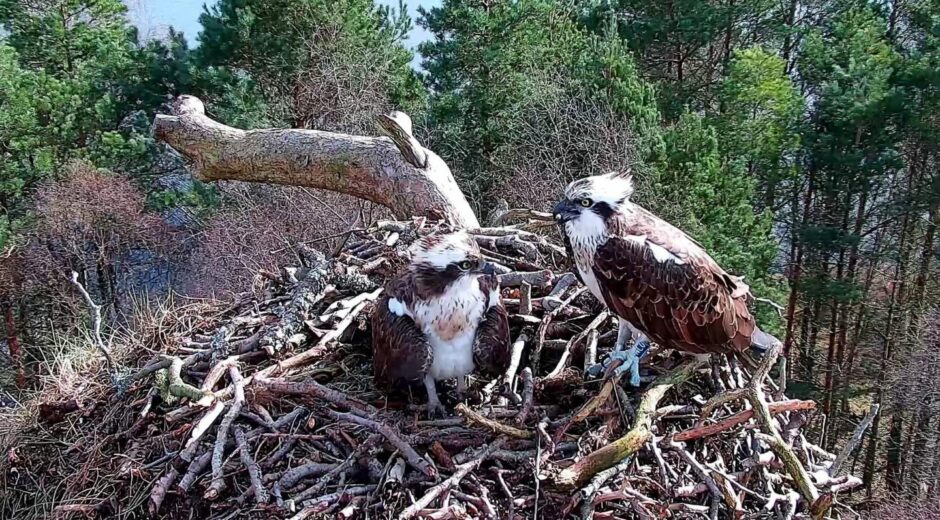
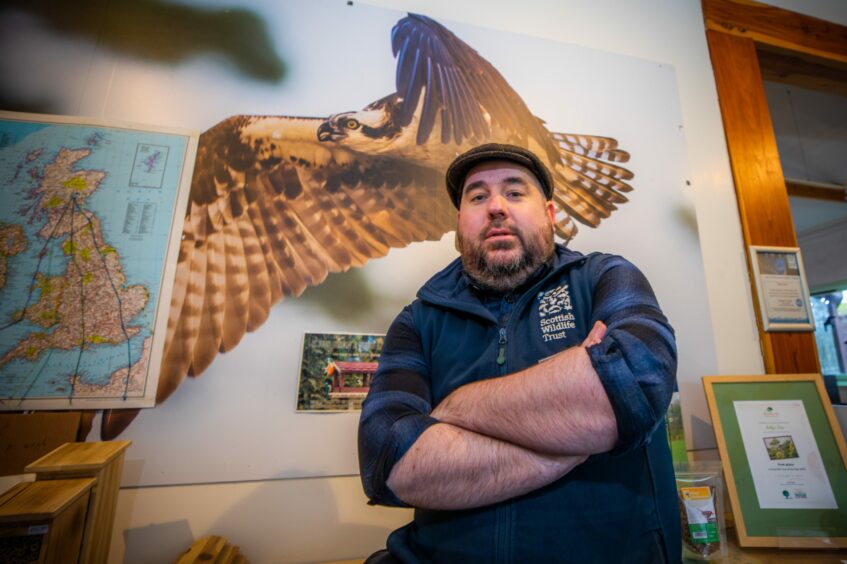
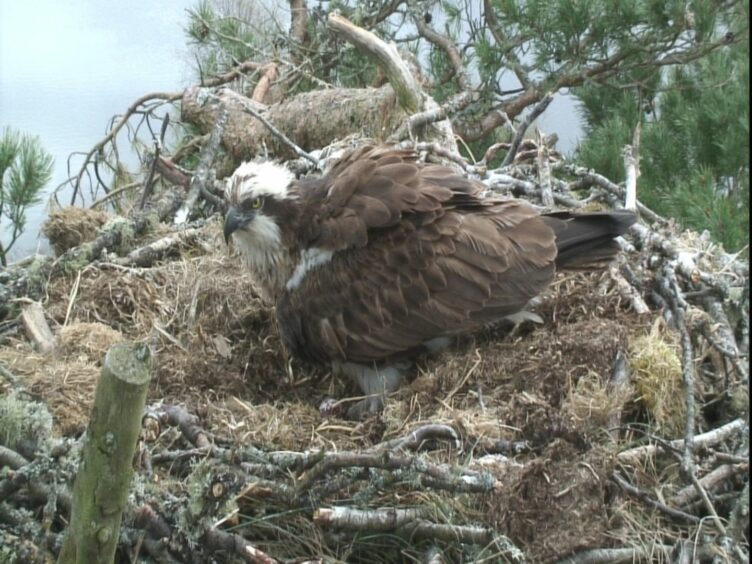
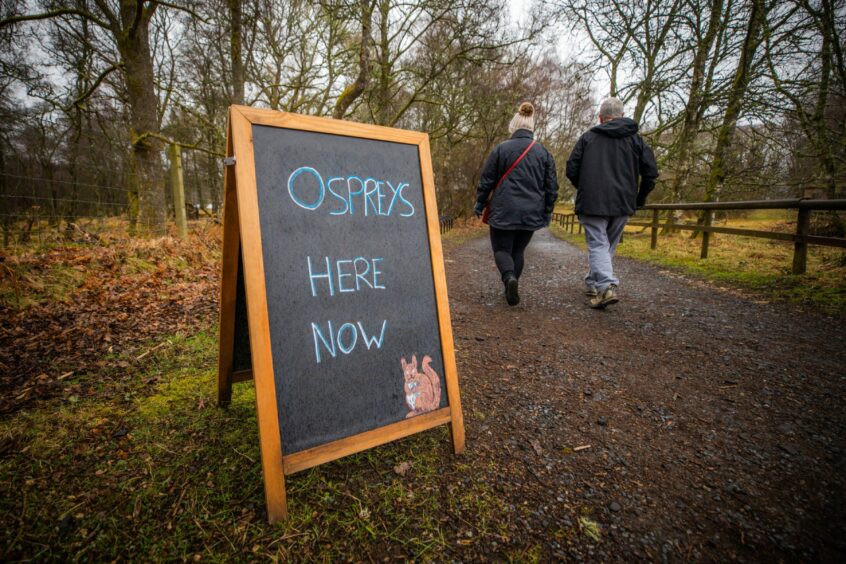
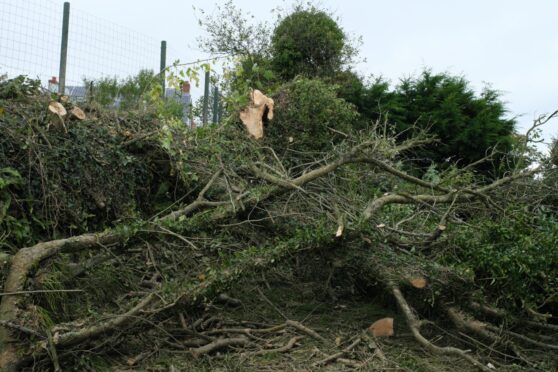









Conversation